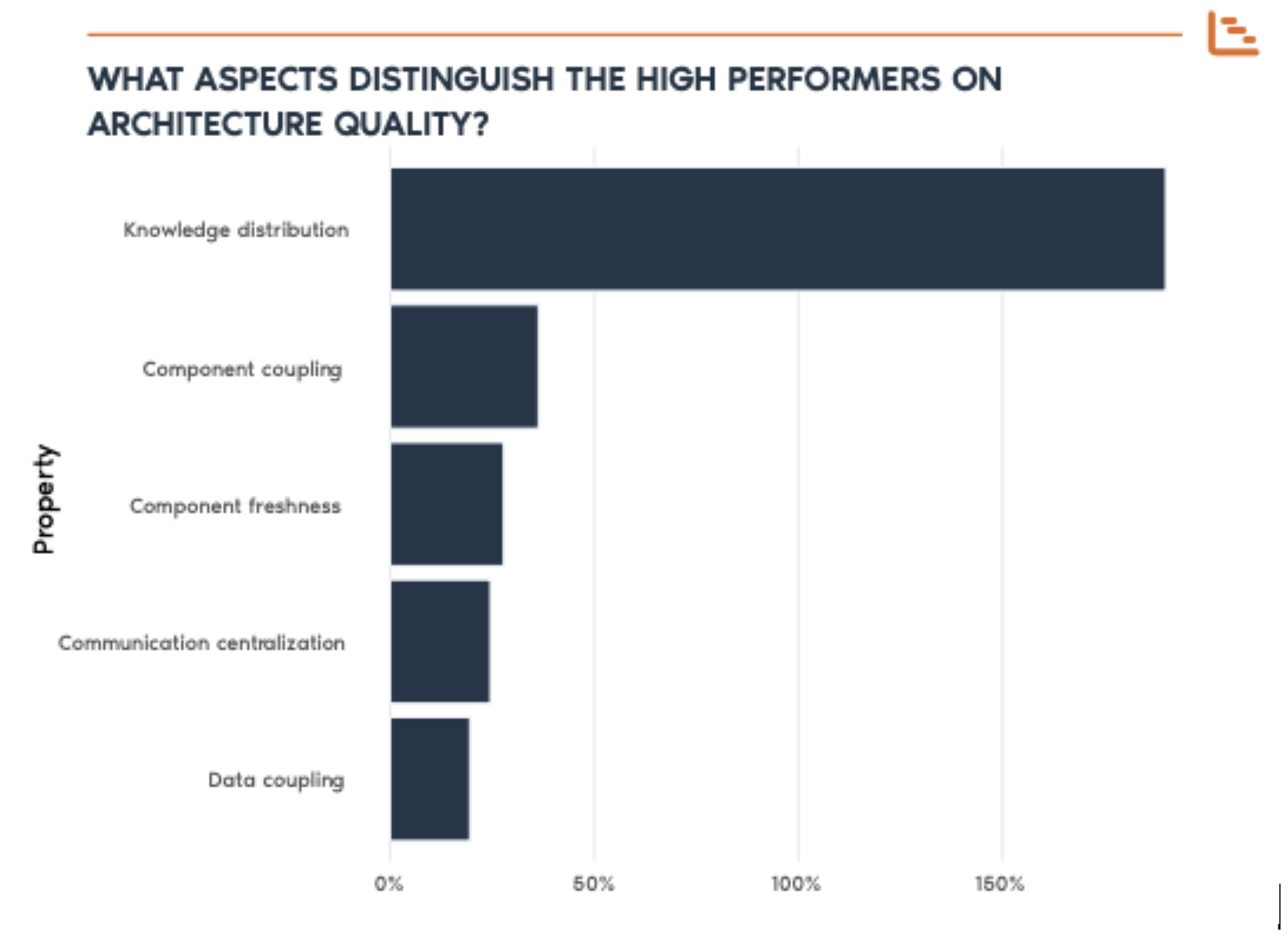We value your privacy
- Necessary cookies help make a website usable by enabling basic functions like page navigation and access to secure areas of the website. The website cannot function properly without these cookies.
- Cookiebot1Learn more about this providerCookieConsentStores the user's cookie consent state for the current domain
- Google2Learn more about this provider
Some of the data collected by this provider is for the purposes of personalization and measuring advertising effectiveness.
test_cookieUsed to check if the user's browser supports cookies.ar_debugChecks whether a technical debugger-cookie is present. - LinkedIn1Learn more about this providerli_gcStores the user's cookie consent state for the current domain.
- Outgrow1Learn more about this provider_OG_GDPR_COOKIE_This cookie determines whether the browser accepts cookies.
- Usercentrics GmbH1Learn more about this provider1.gifUsed to count the number of sessions to the website, necessary for optimizing CMP product delivery.
- pardot.com
wvw.softwareimprovementgroup.com3visitor_id#-hash [x3]Used to encrypt and contain visitor data. This is necessary for the security of the user data. - report-uri.com
t.co
unbouncepages.com3__cf_bm [x3]This cookie is used to distinguish between humans and bots. This is beneficial for the website, in order to make valid reports on the use of their website. - www.softwareimprovementgroup.com3cache-sprite-plyrThis cookie is necessary for the cache function. A cache is used by the website to optimize the response time between the visitor and the website. The cache is usually stored on the visitor’s browser.elementorUsed in context with the website's WordPress theme. The cookie allows the website owner to implement or change the website's content in real-time.wpEmojiSettingsSupportsThis cookie is part of a bundle of cookies which serve the purpose of content delivery and presentation. The cookies keep the correct state of font, blog/picture sliders, color themes and other website settings.
- zoominfo.com1_cfuvidThis cookie is a part of the services provided by Cloudflare - Including load-balancing, deliverance of website content and serving DNS connection for website operators.
- Cookiebot
- Preference cookies enable a website to remember information that changes the way the website behaves or looks, like your preferred language or the region that you are in.
- www.softwareimprovementgroup.com2unifiedScriptVerifiedPendingi18nextLngDetermines the preferred language of the visitor. Allows the website to set the preferred language upon the visitor's re-entry.
- www.softwareimprovementgroup.com
- Statistic cookies help website owners to understand how visitors interact with websites by collecting and reporting information anonymously.
- Google2Learn more about this provider
Some of the data collected by this provider is for the purposes of personalization and measuring advertising effectiveness.
_gaRegisters a unique ID that is used to generate statistical data on how the visitor uses the website._ga_#Used by Google Analytics to collect data on the number of times a user has visited the website as well as dates for the first and most recent visit. - Hotjar5Learn more about this providerhjActiveViewportIdsThis cookie contains an ID string on the current session. This contains non-personal information on what subpages the visitor enters – this information is used to optimize the visitor's experience.hjViewportIdSaves the user's screen size in order to adjust the size of images on the website._hjSession_#Collects statistics on the visitor's visits to the website, such as the number of visits, average time spent on the website and what pages have been read._hjSessionUser_#Collects statistics on the visitor's visits to the website, such as the number of visits, average time spent on the website and what pages have been read._hjTLDTestRegisters statistical data on users' behaviour on the website. Used for internal analytics by the website operator.
- Twitter Inc.1Learn more about this providerpersonalization_idThis cookie is set by Twitter - The cookie allows the visitor to share content from the website onto their Twitter profile.
- js.zi-scripts.com1_zitokCookie used for maintaining a unique visitor identifier.
- softwareimprovementgroup.com1ubvtCollects data on the user's visits to the website, such as the number of visits, average time spent on the website and what pages have been loaded with the purpose of generating reports for optimising the website content.
- www.softwareimprovementgroup.com5ziwsSessionCollects statistics on the user's visits to the website, such as the number of visits, average time spent on the website and what pages have been read.ziwsSessionIdCollects statistics on the user's visits to the website, such as the number of visits, average time spent on the website and what pages have been read.ga_#Registers a unique ID that is used to generate statistical data on how the visitor uses the website.ubpvDetermines if a user leaves the website straight away. This information is used for internal statistics and analytics by the website operator.ubvsCollects data on the user's visits to the website, such as the number of visits, average time spent on the website and what pages have been loaded with the purpose of generating reports for optimising the website content.
- Google
- Marketing cookies are used to track visitors across websites. The intention is to display ads that are relevant and engaging for the individual user and thereby more valuable for publishers and third party advertisers.
- Meta Platforms, Inc.3Learn more about this providerlastExternalReferrerDetects how the user reached the website by registering their last URL-address.lastExternalReferrerTimeDetects how the user reached the website by registering their last URL-address._fbpUsed by Facebook to deliver a series of advertisement products such as real time bidding from third party advertisers.
- Amazon5Learn more about this provider_reb2buidThis cookie stores the visitor's RB2B user ID. Applies to US visitors only. For more information, please visit https://support.rb2b.com/en/articles/9307610-what-cookies-does-rb2b-store-on-a-visitor-s-device._reb2bgeoThis cookie identifies the visitor's geographical location. Applies to US visitors only. For more information, please visit https://support.rb2b.com/en/articles/9307610-what-cookies-does-rb2b-store-on-a-visitor-s-device._reb2bloadedThis cookies decides whether or not the RB2B script loaded for the visitor. Applies to US visitors only. For more information, please visit https://support.rb2b.com/en/articles/9307610-what-cookies-does-rb2b-store-on-a-visitor-s-device._reb2bsessionIDThis cookie identifies the visitor's RB2B session ID. Applies to US visitors only. For more information, please visit https://support.rb2b.com/en/articles/9307610-what-cookies-does-rb2b-store-on-a-visitor-s-device._reb2buidThis cookies identifies the visitor's RB2B user ID. Applies to US visitors only. For more information, please visit https://support.rb2b.com/en/articles/9307610-what-cookies-does-rb2b-store-on-a-visitor-s-device.
- Google4Learn more about this provider
Some of the data collected by this provider is for the purposes of personalization and measuring advertising effectiveness.
IDEUsed by Google DoubleClick to register and report the website user's actions after viewing or clicking one of the advertiser's ads with the purpose of measuring the efficacy of an ad and to present targeted ads to the user.NIDThe ‘NID’ cookie is used to show Google ads in Google services for signed-out users.pagead/1p-user-list/#Tracks if the user has shown interest in specific products or events across multiple websites and detects how the user navigates between sites. This is used for measurement of advertisement efforts and facilitates payment of referral-fees between websites._gcl_auUsed by Google AdSense for experimenting with advertisement efficiency across websites using their services. - LinkedIn2Learn more about this providerbcookieUsed by the social networking service, LinkedIn, for tracking the use of embedded services.lidcUsed by the social networking service, LinkedIn, for tracking the use of embedded services.
- Microsoft8Learn more about this provider_uetsidUsed to track visitors on multiple websites, in order to present relevant advertisement based on the visitor's preferences._uetsid_expContains the expiry-date for the cookie with corresponding name._uetvidUsed to track visitors on multiple websites, in order to present relevant advertisement based on the visitor's preferences._uetvid_expContains the expiry-date for the cookie with corresponding name.MSPTCPendingMUIDPending_uetsidCollects data on visitor behaviour from multiple websites, in order to present more relevant advertisement - This also allows the website to limit the number of times that they are shown the same advertisement._uetvidUsed to track visitors on multiple websites, in order to present relevant advertisement based on the visitor's preferences.
- Pardot1Learn more about this providerlpv#Used in context with behavioral tracking by the website. The cookie registers the user’s behavior and navigation across multiple websites and ensures that no tracking errors occur when the user has multiple browser-tabs open.
- Reddit3Learn more about this providerrp.gifNecessary for the implementation of the Reddit.com's share-button function._rdt_uuid [x2]Used to track visitors on multiple websites, in order to present relevant advertisement based on the visitor's preferences.
- Twitter Inc.6Learn more about this provider1/i/adsct [x2]Collects data on user behaviour and interaction in order to optimize the website and make advertisement on the website more relevant.muc_adsCollects data on user behaviour and interaction in order to optimize the website and make advertisement on the website more relevant.guest_idCollects data related to the user's visits to the website, such as the number of visits, average time spent on the website and which pages have been loaded, with the purpose of personalising and improving the Twitter service.guest_id_adsCollects information on user behaviour on multiple websites. This information is used in order to optimize the relevance of advertisement on the website.guest_id_marketingCollects information on user behaviour on multiple websites. This information is used in order to optimize the relevance of advertisement on the website.
- YouTube38Learn more about this provider#-# [x2]Used to track user’s interaction with embedded content.iU5q-!O9@[#COOKIETABLE_ADVERTISING#]nbsp;[x2]Registers a unique ID to keep statistics of what videos from YouTube the user has seen.LAST_RESULT_ENTRY_KEY [x2]Used to track user’s interaction with embedded content.nextId [x2]Used to track user’s interaction with embedded content.requests [x2]Used to track user’s interaction with embedded content.yt.innertube::nextId [x2]Registers a unique ID to keep statistics of what videos from YouTube the user has seen.yt.innertube::requestsRegisters a unique ID to keep statistics of what videos from YouTube the user has seen.ytidb::LAST_RESULT_ENTRY_KEY [x2]Used to track user’s interaction with embedded content.YtIdbMeta#databases [x2]Used to track user’s interaction with embedded content.yt-remote-cast-available [x2]Stores the user's video player preferences using embedded YouTube videoyt-remote-cast-installed [x2]Stores the user's video player preferences using embedded YouTube videoyt-remote-connected-devices [x2]Stores the user's video player preferences using embedded YouTube videoyt-remote-device-id [x2]Stores the user's video player preferences using embedded YouTube videoyt-remote-fast-check-period [x2]Stores the user's video player preferences using embedded YouTube videoyt-remote-session-app [x2]Stores the user's video player preferences using embedded YouTube videoyt-remote-session-name [x2]Stores the user's video player preferences using embedded YouTube video__Secure-ROLLOUT_TOKENPendingLogsDatabaseV2:V#||LogsRequestsStoreUsed to track user’s interaction with embedded content.remote_sidNecessary for the implementation and functionality of YouTube video-content on the website.ServiceWorkerLogsDatabase#SWHealthLogNecessary for the implementation and functionality of YouTube video-content on the website.TESTCOOKIESENABLEDUsed to track user’s interaction with embedded content.VISITOR_INFO1_LIVETries to estimate the users' bandwidth on pages with integrated YouTube videos.YSCRegisters a unique ID to keep statistics of what videos from YouTube the user has seen.
- pardot.com
wvw.softwareimprovementgroup.com5pardot [x2]Used in context with Account-Based-Marketing (ABM). The cookie registers data such as IP-addresses, time spent on the website and page requests for the visit. This is used for retargeting of multiple users rooting from the same IP-addresses. ABM usually facilitates B2B marketing purposes.visitor_id# [x3]Used in context with Account-Based-Marketing (ABM). The cookie registers data such as IP-addresses, time spent on the website and page requests for the visit. This is used for retargeting of multiple users rooting from the same IP-addresses. ABM usually facilitates B2B marketing purposes.
- Meta Platforms, Inc.
- Unclassified cookies are cookies that we are in the process of classifying, together with the providers of individual cookies.
We do not use cookies of this type.
[#IABV2_TITLE#]
[#IABV2_BODY_INTRO#]The law states that we can store cookies on your device if they are strictly necessary for the operation of this site. For all other types of cookies we need your permission.
This site uses different types of cookies. Some cookies are placed by third party services that appear on our pages.
You can at any time change or withdraw your consent from the Cookie Declaration on our website.
Learn more about who we are, how you can contact us and how we process personal data in our Privacy Policy.
Please state your consent ID and date when you contact us regarding your consent.







